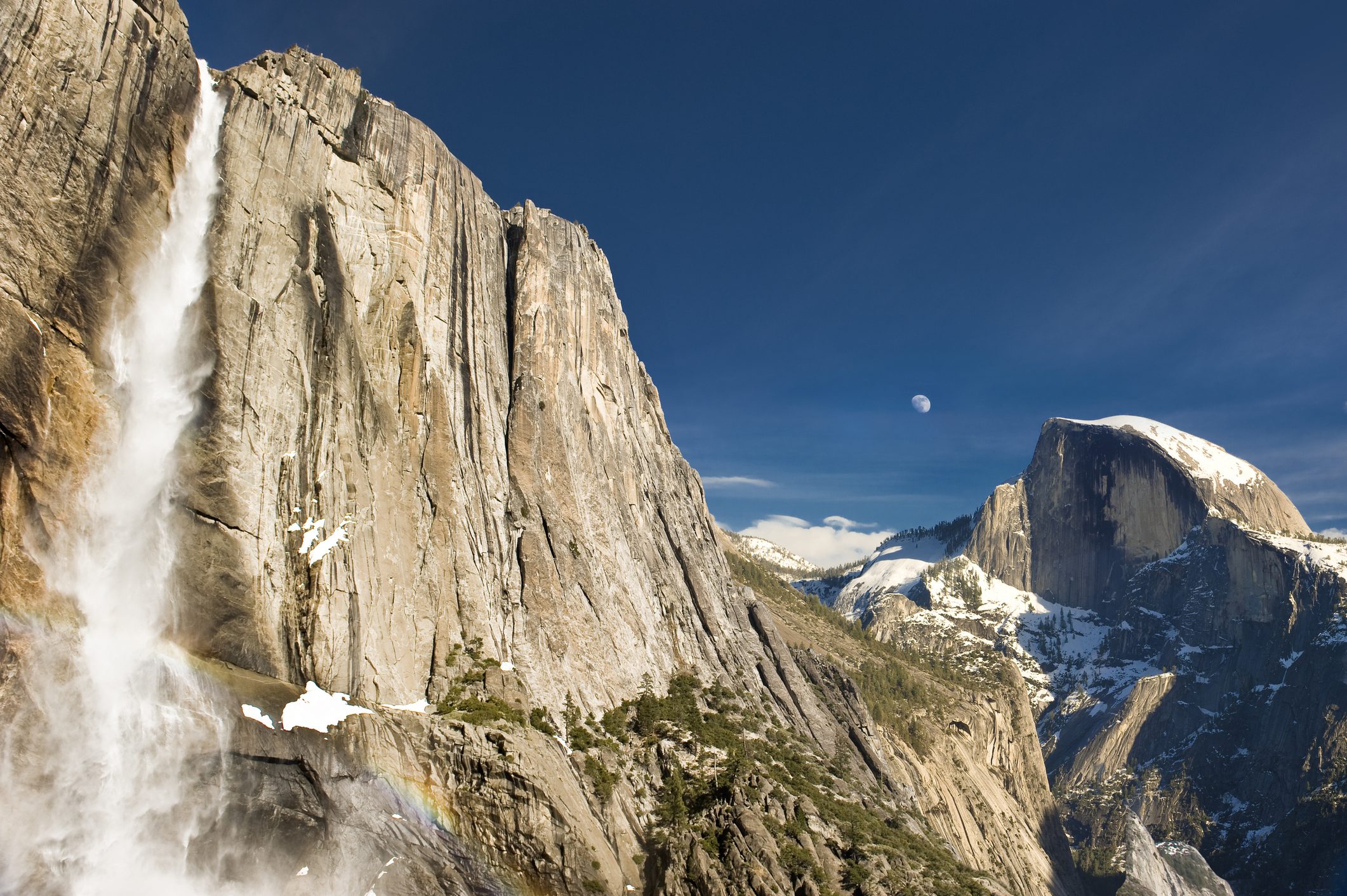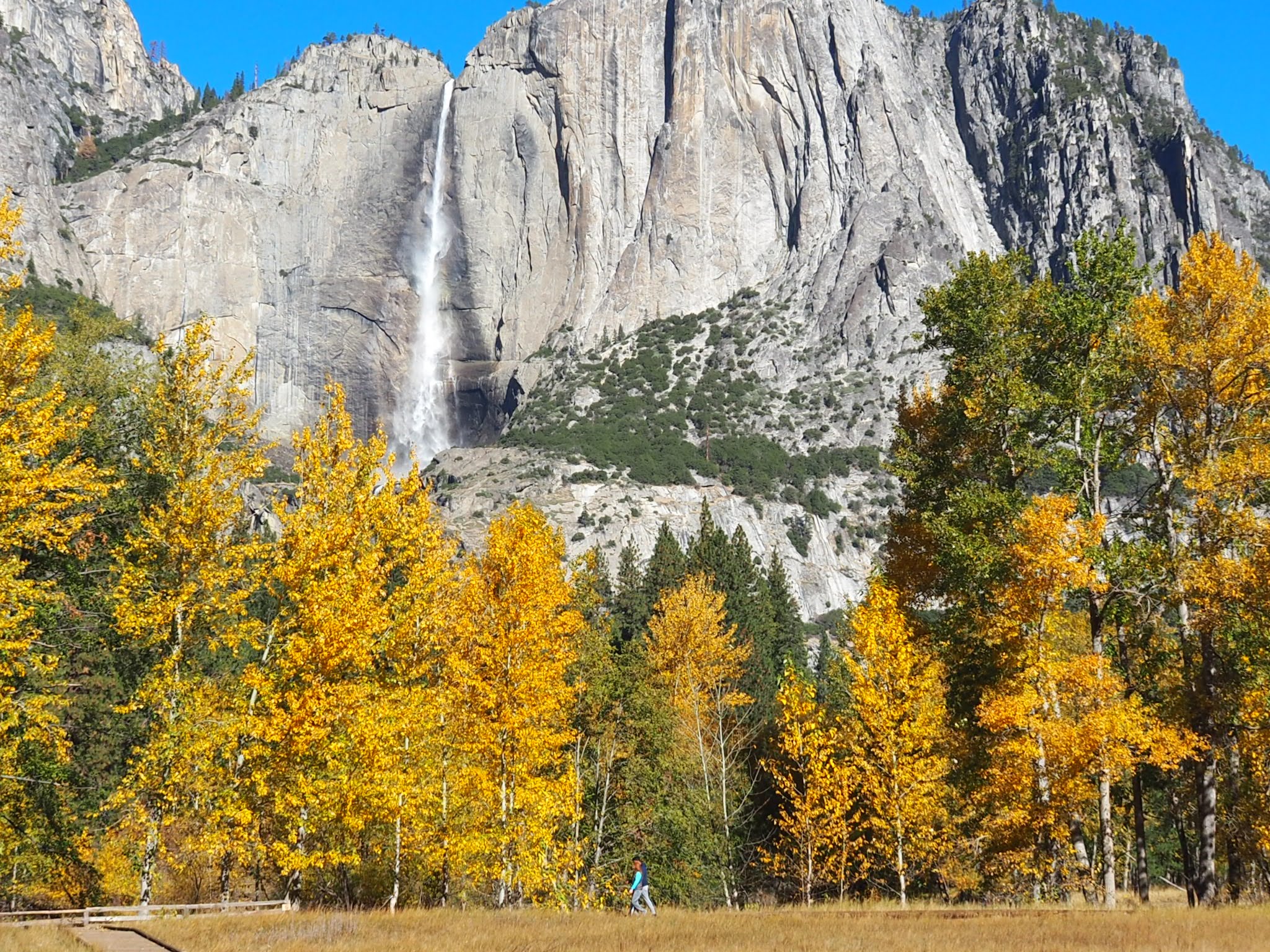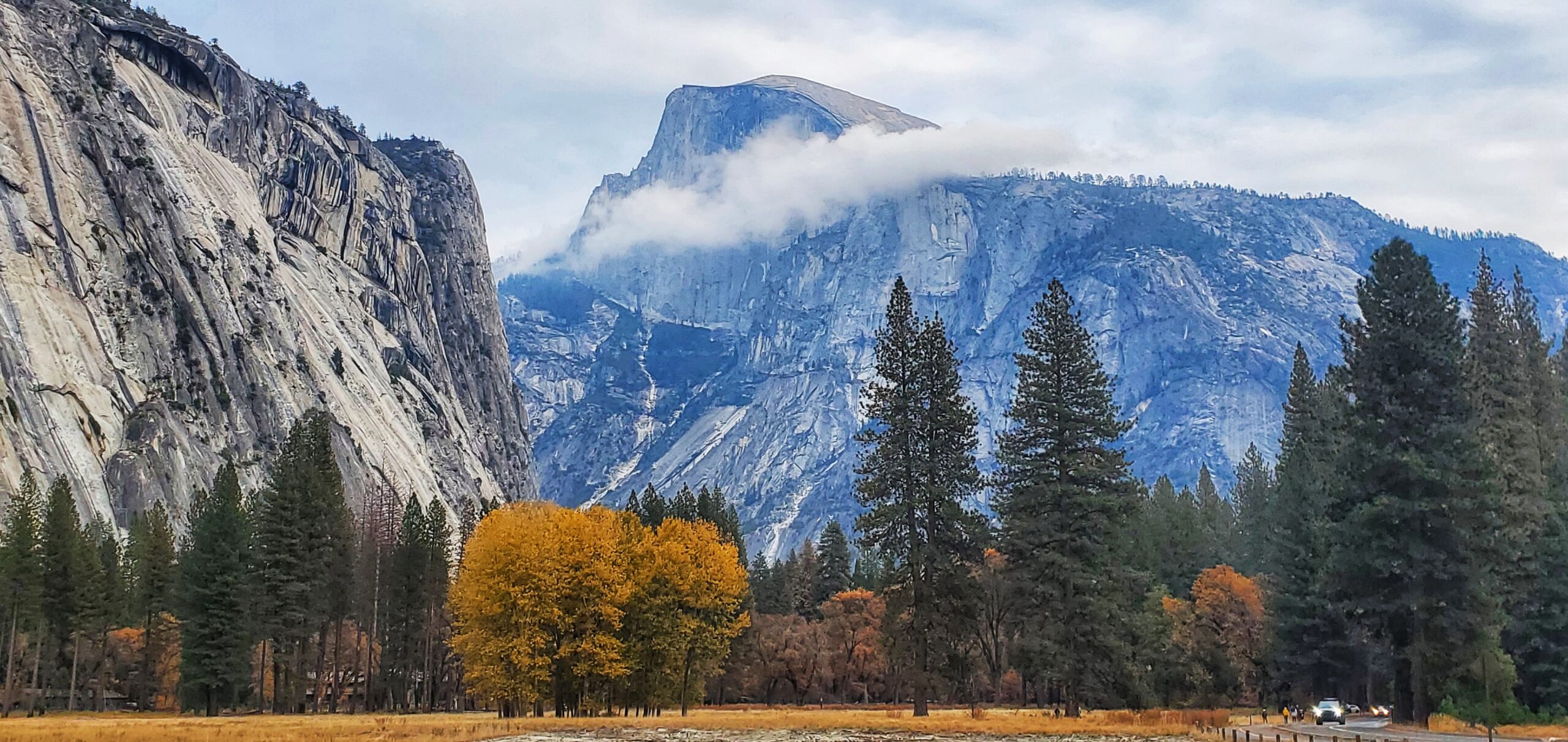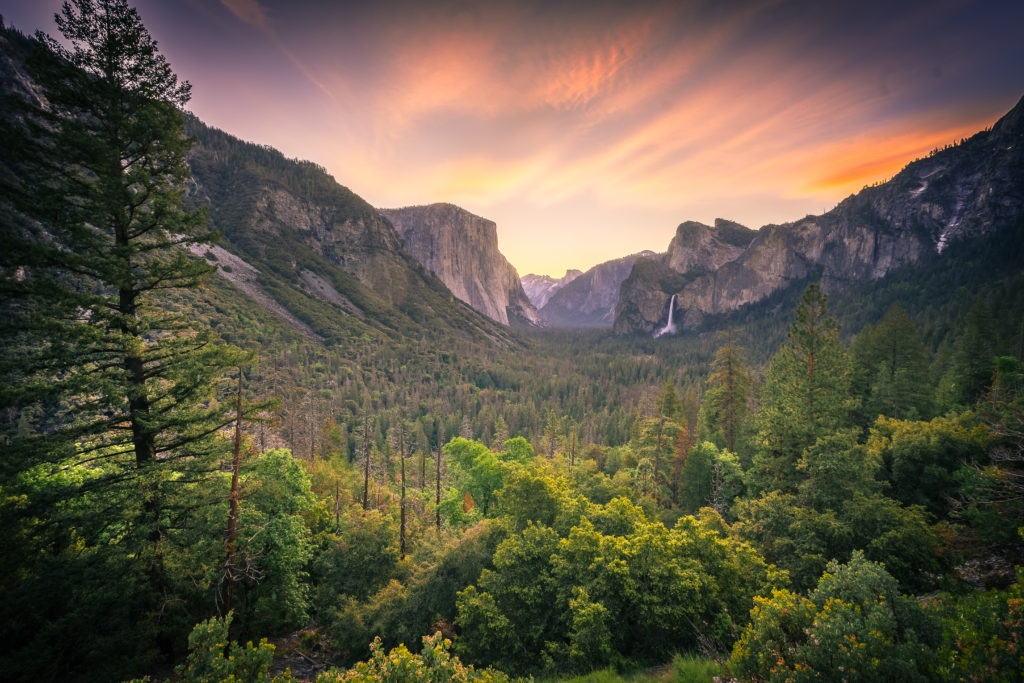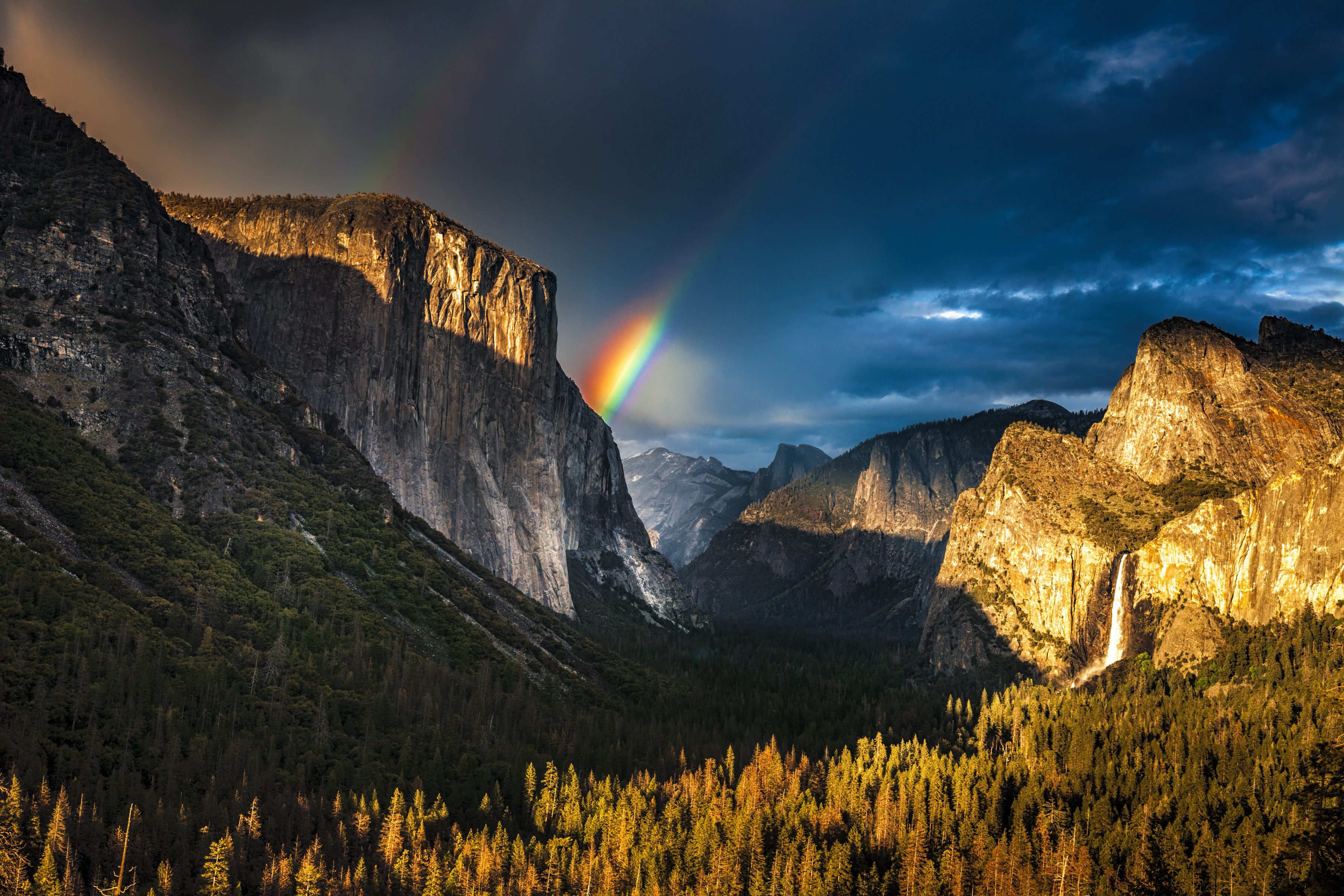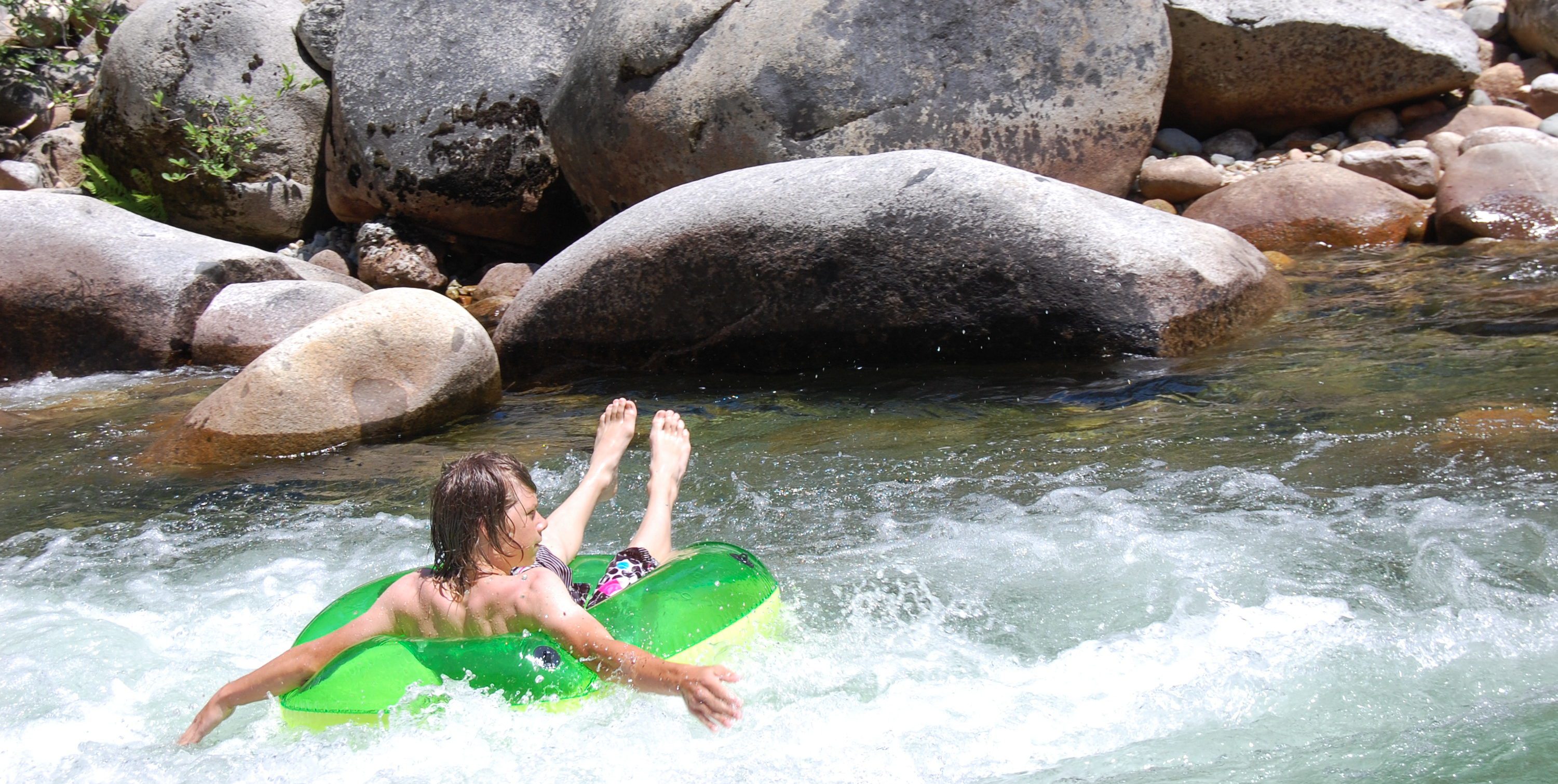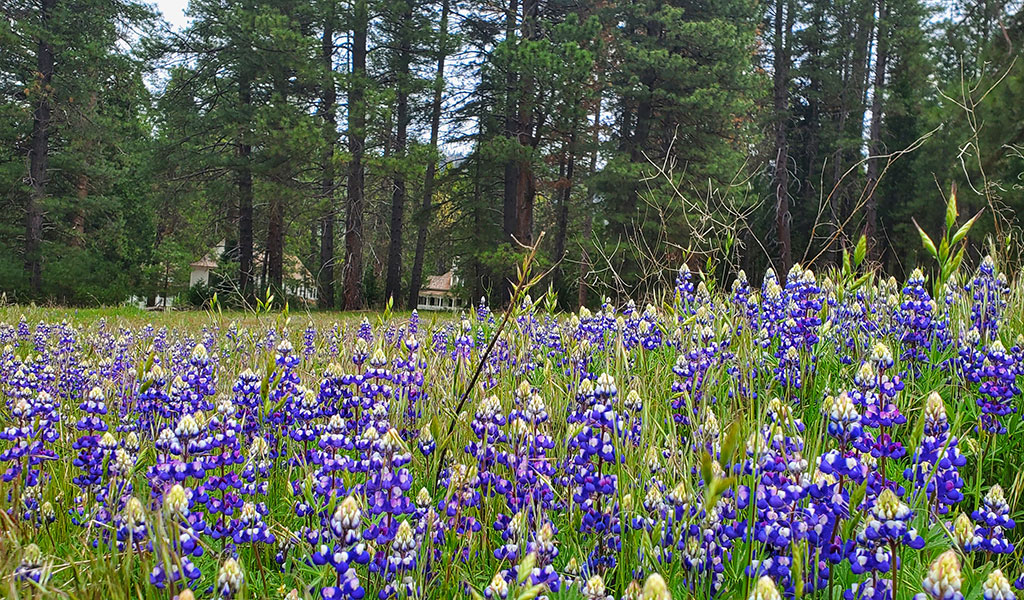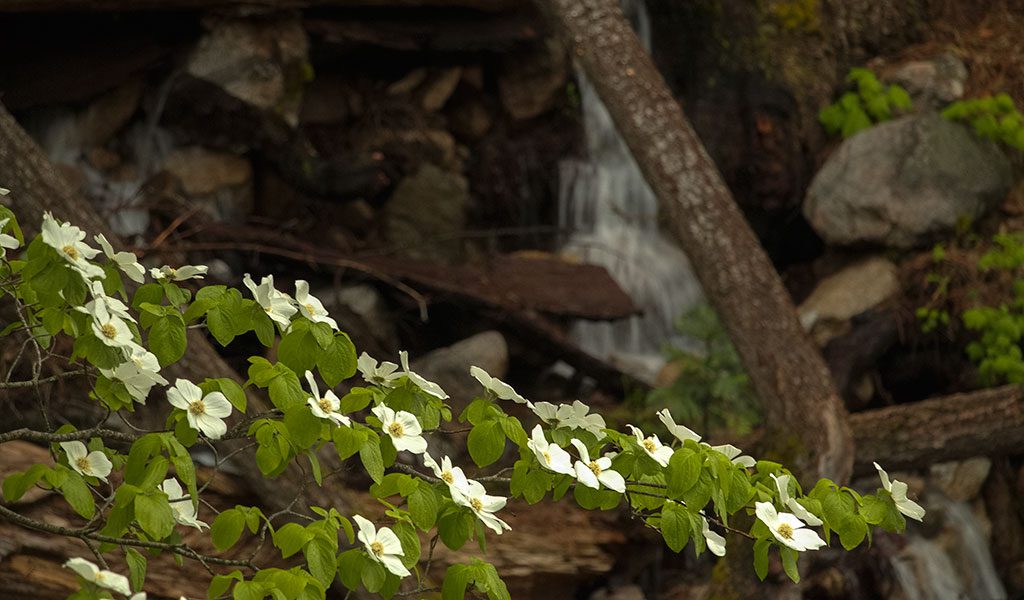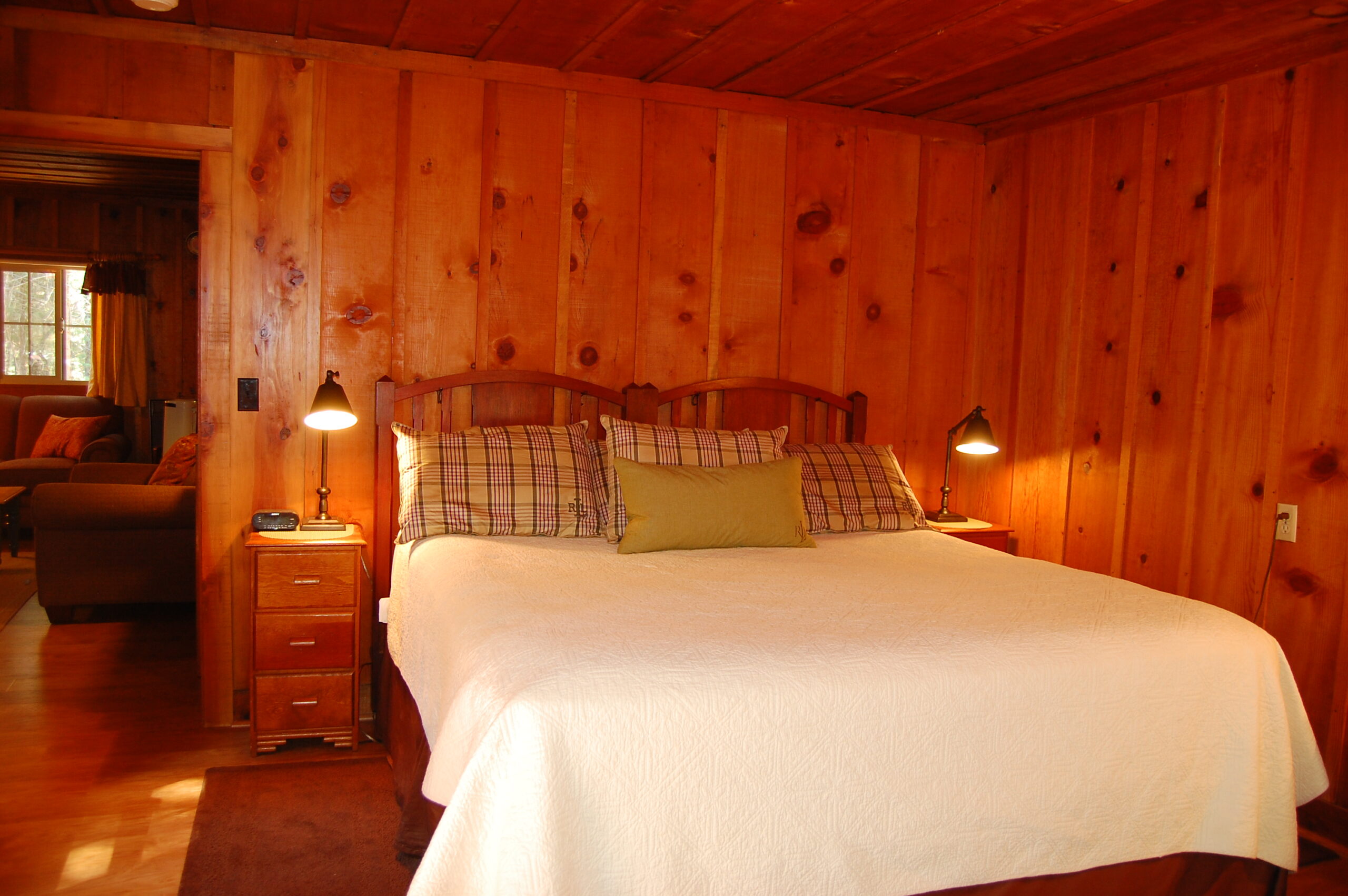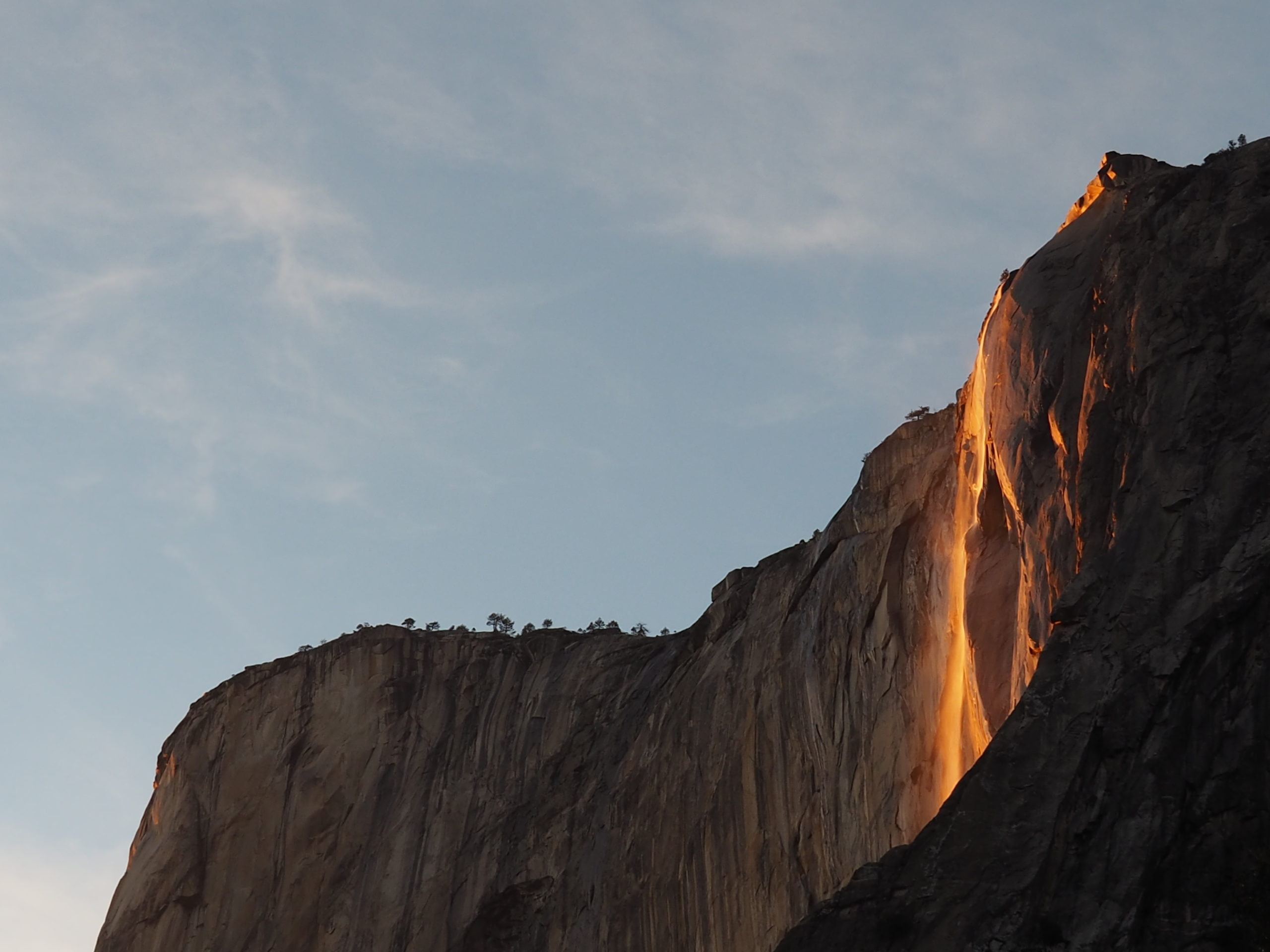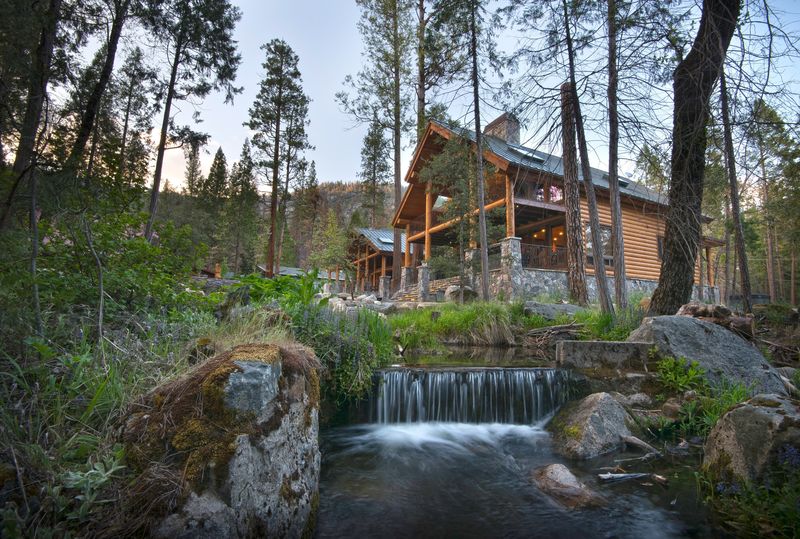Visiting Yosemite in October is like getting the backstage pass to a sold-out concert where you can hang out with the band after the big show. It’s more relaxed, quieter, and more intimate. The stadium show is over, the masses have gone home and it’s just you and Yosemite, hanging out and getting to know each other a little better. Let us give you the backstage tour to set you...

